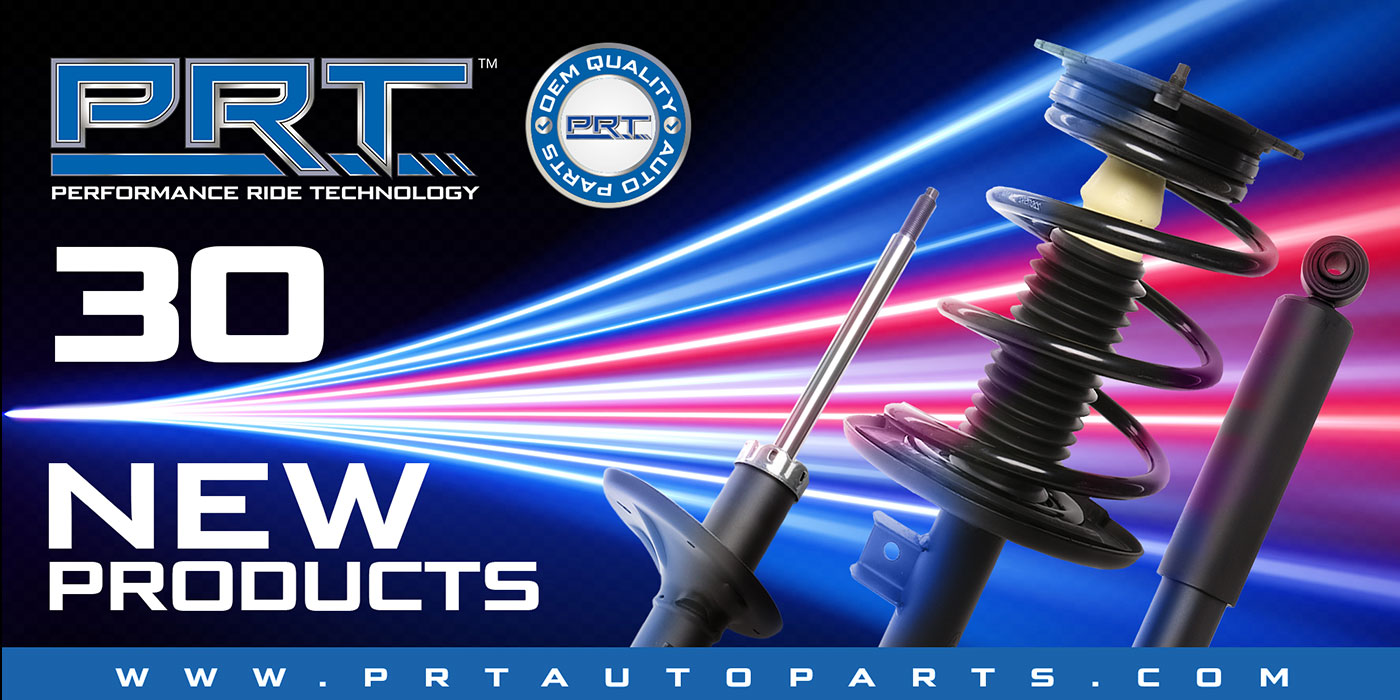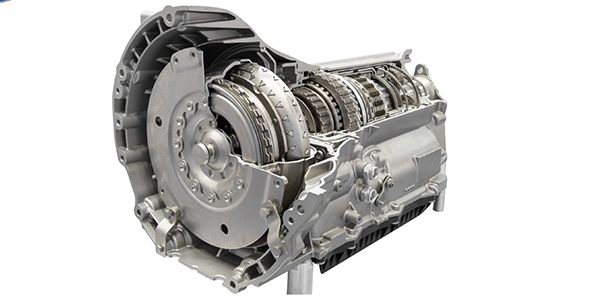Of all the services your shop offers. The simple oil change is often the most contentious. No matter what they drive, your customers may think that oil is oil. If it pours out of a bottle they recognize on the shelf in their father's garage or an ad-on tv, it's good enough for their car. The fact is the belief that they're all the same can be shortsighted at best and detrimental to the life of the engine. At worst, modern engines are built to tighter tolerances, and as a result, they rely on specific oil pressures for maximum fuel economy or to support vital systems such as variable valve timing substituting a non recommended viscosity engine Oil can negatively affect fuel economy and emissions, and may actually accelerate wear on critical components. According to the American Petroleum Institute, there are five different groups of base oils used to make today's motor oils based on the refining methods and the properties of the oil.













